


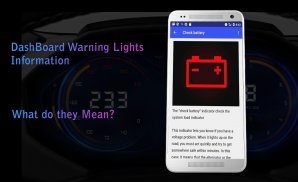
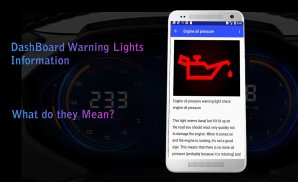

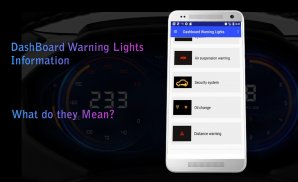
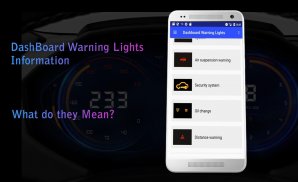
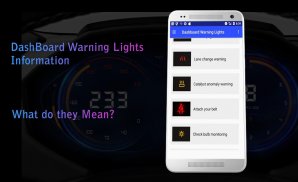
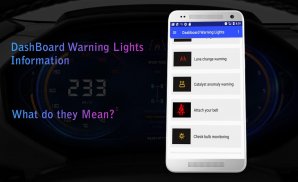
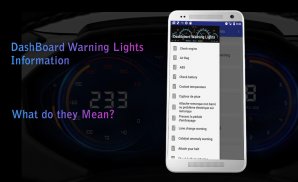
Dashboard Car Warning Light

Description of Dashboard Car Warning Light
Modern cars are filled with electronics and packed with sensors to monitor both how your vehicle is behaving and to make our motoring life easier.
But when something does go wrong, it can be a difficult task trying to work out exactly what that warning light flashing away on your dashboard is trying to tell you.
When something goes wrong with your car or if a feature you should know about gets activated, a signal funnels through the electrical system and into the dashboard.
It’s important to know what the car dashboard warning lights or sign actually mean, though, not least because they can pre-empt a car breakdown or full-on failure, potentially saving you from an expensive repair bill and meaning you stay safer on the road.
This illuminates a hieroglyphic, and these cover a wide range of issues—some of which may be serious. Here are the meanings behind 15 of these curious-looking markers (and what they look like, in case you need a mnemonic device to help your memory).
Your dashboard Car Warning light OBD may be different and the symbols may have altered designs or indicate slightly different things, so be sure to consult your owner’s manual. Some of these lights could portend a serious malfunction. Don't ignore them. When in doubt, have a professional check it out.
Car dashboard warning lights OBD are nothing new, but car light symbols and the number of messages they indicate have increased.
Not all warning lights mean the same as they tend to vary depending on make and model. Referring to your owner's manual will make it easier to understand and identify warning symbols.
Warning lights OBD may vary in color in order to indicate the seriousness of a mechanical or system problem.
A red warning light indicates either a potentially serious problem or safety issue, which should be attended to immediately by a professional. However, a red light might also serve as a reminder to the driver about service maintenance.
When a yellow or orange light activates, it's usually a signal that a component needs servicing or repair. If the light flashes, it's important to contact a repair shop or dealership.
Green and/or blue dashboard lights only serve to let the driver know that a system is active and operating.
Warning lights of a more serious nature:
Brake warning light: Usually in red text, indicates a serious problem with the your brakes (main or emergency brakes).
Temperature warning light: If the symbol is red, it indicates your engine has overheated. A blue light means the coolant temperature is too low. Red and blue blinking means there is an electrical wiring malfunction.
Oil warning light can indicate low pressure.
Battery charging system warning light: means either a bad battery or a failing alternator.
With Application Dashboard Car Warning Light you can save your time and your car by Knowing the orign of the problem and fix it.




























